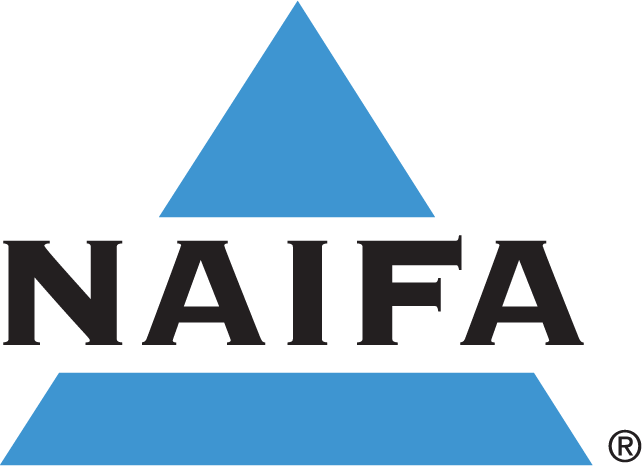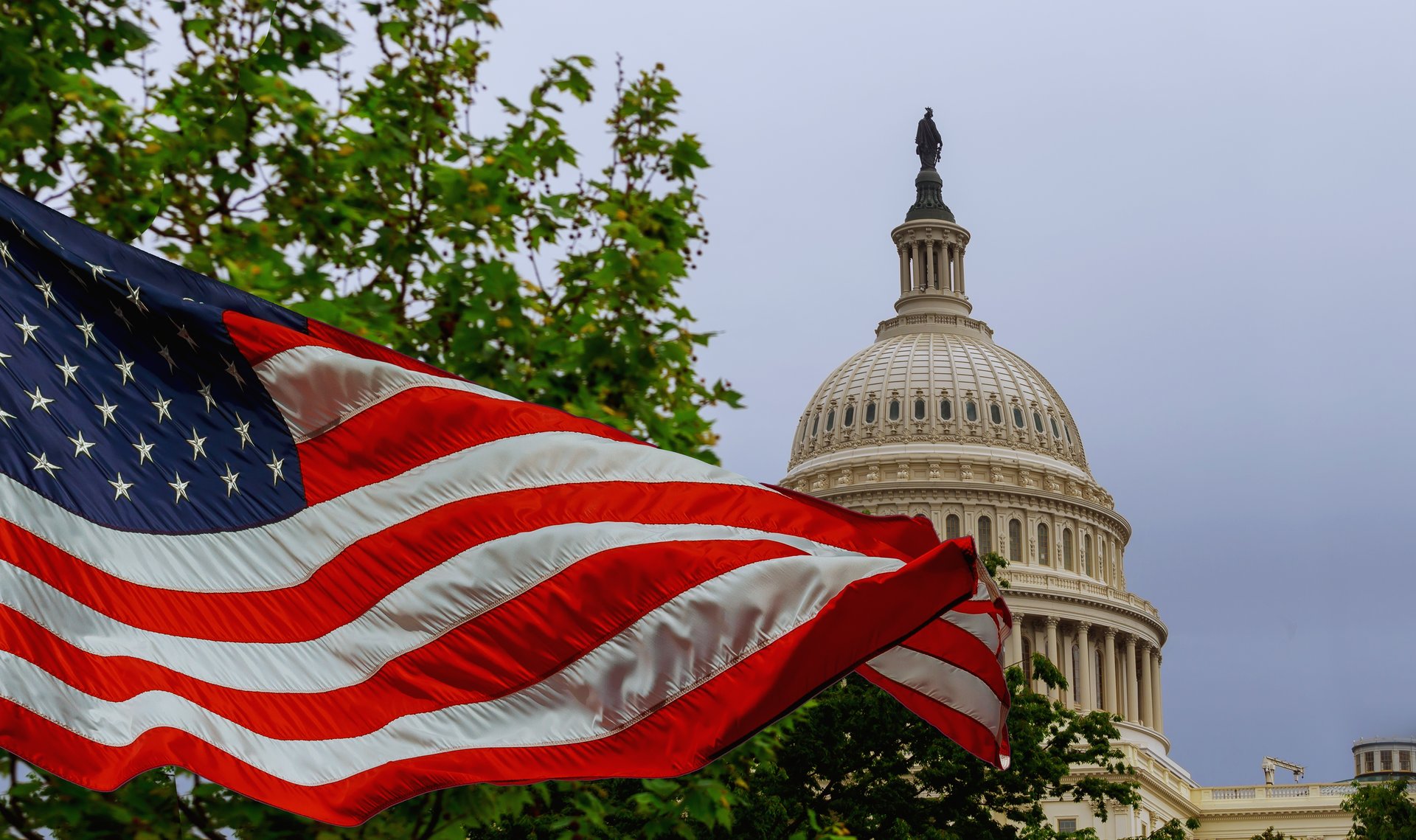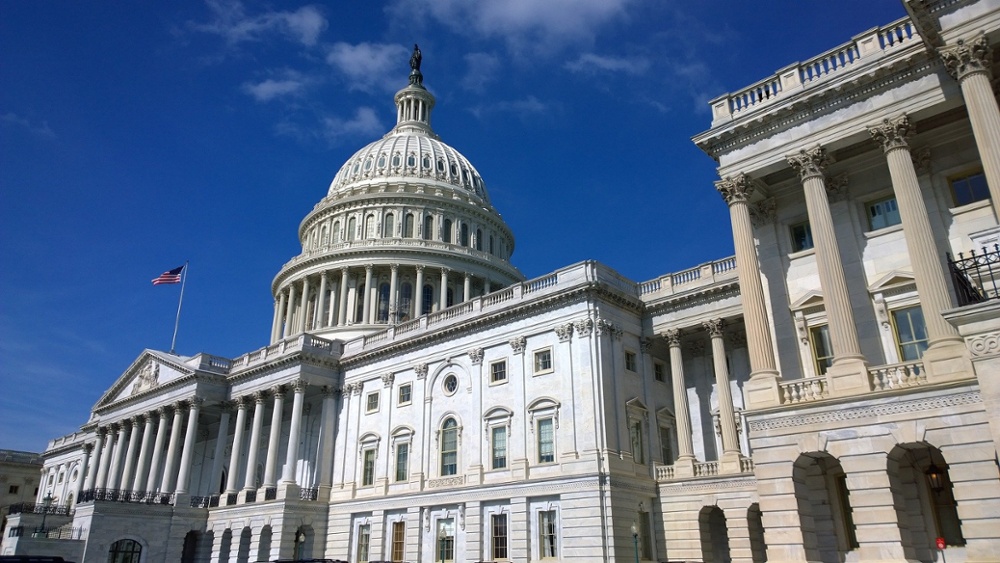The House passed its version of the $6 trillion+ reconciliation bill (including a $3.8 trillion tax title), but we are still a long way from final action. Changes are expected in the Senate, and then more changes are likely as the House and Senate try to reconcile their two versions of the bill. Details are below. But first: a quick report on a highly successful NAIFA Congressional Conference last week.
NAIFA’s Congressional Conference
NAIFA's signature grassroots event took place in the midst of intense activity House-side on the budget (reconciliation) bill. The House took a final vote on the measure just three days after NAIFA’s Congressional Conference participants hit the Hill to (as it turns out, highly successfully) educate lawmakers on the importance of current tax rules on the insurance and financial products used by middle America to protect their families’ and business’ financial futures.
Almost 500 NAIFA members from almost every State and Congressional District carried this important message. And the House listened. NAIFA supports the House version of the bill.

The Reconciliation Bill
Early in the morning of May 22, after an all-night debate, the House passed HR 1, the budget reconciliation bill, by a narrow 215 to 214 vote. Two Republican House members voted against it; one voted present. All Democrats opposed it. The bill now heads to the Senate, where changes are expected.
There is still controversy, though little of the controversy impacts NAIFA issues. However, as with any live tax bill, the risk of an adverse offset (revenue-raising) provision is not eliminated until the bill is done. So we remain on high alert.
On the good news front, HR 1 permanently extends and expands the Section 199A deduction for qualified noncorporate business income. The new deduction level would be 23% (up from current law’s 20%).
But the measure also modifies the rules applicable to specified service trades or businesses (SSTBs) in a way that could hurt some SSTBs. Many NAIFA members are SSTBs and many more work with clients who are SSTBs.
The modification in question provides that state and local taxes for SSTBs would be disallowed at the entity level and would flow through the business to the business owners. That would impact (likely adversely) the calculation of that SSTB’s individual state and local tax (SALT) deduction.
In addition, in another section of HR 1, there is a provision that limits the value of itemized deductions for taxpayers in the 37% tax bracket. The limitation would reduce allowable itemized deductions for these taxpayers by 2/37 of the lesser of their total itemized deductions or the amount by which their taxable income plus total itemized deductions exceeds the 37% bracket threshold. This proposal would reduce the tax benefit of itemized deductions for 37% bracket taxpayers from 37% to 35%. For the 2025 tax year, the 37% tax rate applies to single individuals with taxable income over $626,350 and married couples filing jointly with taxable income over $751,600.
While this “tax-the-rich” provision impacts all 37% taxpayers, it has considerable impact on pass-through businesses (partnerships, Subchapter S corporations, sole proprietors), and therefore could undercut the value of the Section 199A deduction.
NAIFA is talking to Senators in an effort to fix these two problems. We will, of course, keep you posted as the process continues.
Tax: The tax title in HR 1 can (and probably will) change, but so far, NAIFA has done extremely well and is supporting the current package. In addition to the 199A and itemized deduction limitation described above, the bill includes the following provisions listed by areas of interest:
General Interest:
- Excludes a cap on corporate deductions for state and local taxes.
- Excludes a “tax-the-rich” proposal that would have resulted in a 39.6% top income tax rate for high-income taxpayers.
- Avoids any life insurance-specific adverse tax rules (like, for example, new reporting requirements on private placement life insurance).
- Increases the information reporting requirement threshold from the current $600 to $2,000.
Business Interest:
- Restricts the expansion of the section 162(m) compensation deduction cap to the top executives of members of controlled group businesses (where one of the businesses in the controlled group is a publicly-traded corporation).
- Excludes changes to carried interest tax rules.
- Extends for four years the enhanced business loan interest and depreciation rules in last year’s unenacted tax bill.
- Extends the time available to challenge employee retention tax credit (ERTC) claims to six years, and increases the penalty imposed on promoters of ineligible ERTC claims.
Employer-Provided Benefits Interest:
- Increases the employer-provided childcare deduction from 25% to 40%, up to a maximum of $500,000 (more for eligible small businesses), inflation-adjusted.
- Creates a tax credit for paid family and medical leave programs—an employer can choose between a credit based on wages paid or on premiums paid for paid leave insurance programs.
Family Interest:
- Creates a new savings account program for children. These accounts would start with a government contribution when a child is born and allow future contributions from individuals (until the child reaches age 18) of up to $5,000/year.
- Changes the Savers Credit and rollover rules applicable to ABLE accounts.
- Expands 529 education plan withdrawals to include postsecondary training and credentialing, such as licenses and professional certifications.
Estate and Charitable Givings Interest:
- Increases the estate tax exemption amount to $15 million
- Reestablishes, for 2025 through 2028, an above-the-line deduction for charitable contributions of $150/single ($300/married) for those who do not itemize.
Senior Market Interest:
- Enhances a deduction for certain senior citizens (a proxy for making Social Security income tax-free, which cannot be done under the Byrd Rules of reconciliation). The enhanced deduction is for 2025 through 2028, and is $4,000, for seniors with modified adjusted gross income (MAGI) under $75,000 ($150,000 for joint returns).
Health Market Interest:
- Increases the HSA (health savings account) contribution limit to $4,300 (single)/$8,550 (married) for taxpayers with incomes of $75,000/$150,000 or less.
- Allows Medicare-eligible (Part A) taxpayers to contribute to HSAs.
- Qualifies exchange-based bronze and catastrophic plans as HDHPs (high deductible health plans), which are required in conjunction with HSAs.
- Permits both spouses to make catch-up contributions to a single account.
- Allows rollovers from FSAs (flexible spending arrangements) and HRAs (health reimbursement arrangements) to HSAs, subject to specific rules.
- Creates CHOICE (custom health option and individual care expense) arrangements. CHOICE accounts would have to comply with minimum essential benefits rules and be funded solely by the employer. Benefits would be restricted to only medical care. This is a two-year program, based on the number of employees covered – the employer deduction would be $100 times the number of employees enrolled in year one and $50 per employee enrolled in year two.
House Republicans reached a compromise on the SALT deduction, raising it from the current $10,000 to $40,000 for taxpayers with incomes of $500,000 or less. Also compromised were other highly controversial issues, like many of the green energy rules enacted in the Inflation Reduction Act.
Among changes relevant to NAIFA interests being discussed in the Senate is an effort to eliminate the expiration dates in the House bill. Senators want to find a way to make all the tax rules in HR 1 permanent (i.e., not subject to an expiration date). Due to revenue considerations, most of the new tax rules in HR 1 expire within five years. So, permanence is a revenue issue, and is one place where the risk of offsetting revenue-raising proposals is highest.
Debt Limit: HR 1 also contains a $4 trillion increase to the U.S. debt limit, and Treasury says it will need that increase before the August congressional recess to avoid being unable to pay all the country’s obligations on a timely basis. This gives urgency to Congress finding a way to enact the reconciliation bill within the next eight weeks.
What’s Next? The Senate is now working on its version of the budget/reconciliation bill. The disagreements among GOP Senators (and between GOP Senators and GOP House members) are just as knotty as they were among Republican House members. The Senate is not known for speedy action. And with the urgent need for a debt limit increase by early August (the predicted X date is mid-August, but Congress will be out for summer recess by early August), timing becomes an issue. It is possible that the need to raise the debt limit will accelerate Senate (and then House-Senate) action. It is also possible the Senate will not finish by its target completion date of July 4 (or that even if the Senate does finish its work by then, there will remain the need to reconcile the Senate and House versions of the bill). If that happens, Congress will have to deal with the debt limit outside the budget/reconciliation process. That would mean Republicans would have to work with Democrats, something most Republicans want to avoid.
In short, House passage of HR 1 was an important step towards enactment, and one that featured tricky and difficult compromises among House Republicans. However, it is just one step. More remain. We are closer, but not yet anywhere near, completion of the reconciliation bill process.





.png)

